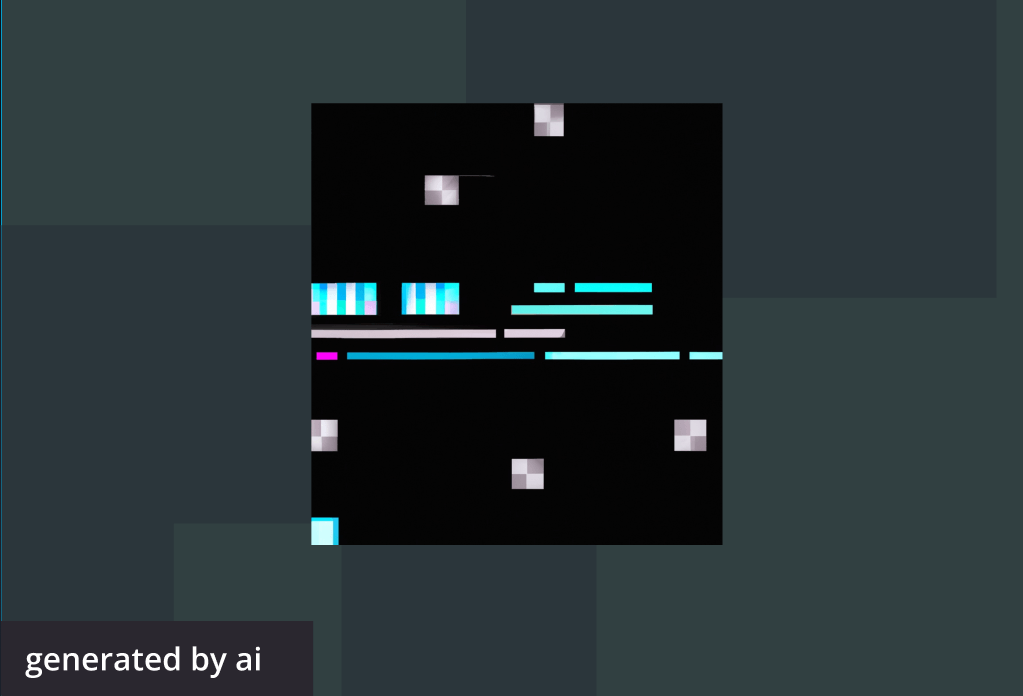Roles directory / Web Development
Front-End Developer
Overview
Front-end developers are responsible for the client-side of web development. They build and maintain the user interface of websites and applications, ensuring that they are visually appealing and easy to use.
Also known as:
UI Developer, Software Engineer-Frontend, Client-side Engineer
Skills
Typical years of experience
0
Front-End Developer
| 289 | Role-related questions |
|---|---|
| Unlimited interviews | |
| Interview templates |
Resources
Learn more about
HackerRank
HackerRank



